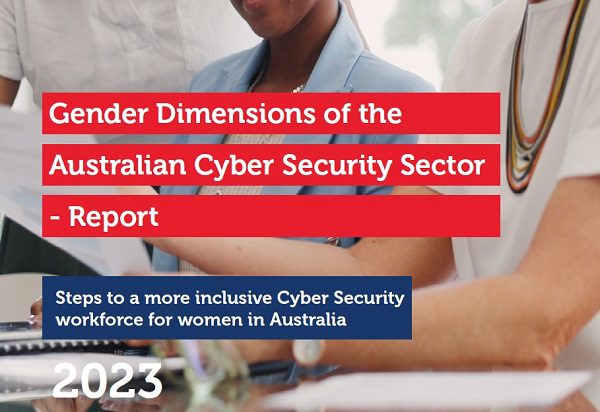REPORTS
Gender Dimensions of the Australian Cyber Security Sector
As cyber security becomes an increasingly critical issue for governments, businesses and everyday citizens in Australia, the number of people in the cyber security workforce is soaring.
Despite the sector’s rapid expansion and growing importance, the sector is characterised by a stark under-representation of women. To date, little research in Australia has been undertaken into the exact proportion of women employed in the sector, what roles they are undertaking, and the reasons behind the sector’s unbalanced gender composition.
The low level of participation of women in the sector means that the sector is not operating at its full potential. The benefits that diverse workforces bring – through a wider spectrum of skillsets, viewpoints and lived experiences, a deeper capacity for innovation, analysis and problem-solving, and a richer understanding of people and human behaviours – is an opportunity that the sector is well-poised to take advantage of.
The solutions to achieving gender equity are not clear-cut. Increasing women’s participation in the sector involves more than simply ‘encouraging girls to study IT’. Gender gaps in workforce outcomes can be interpreted as signals of biases and barriers. This means that achieving gender equity is not just about striving to attract more women and under-represented cohorts into the sector; it’s about understanding the factors that deter them from joining or cause them to leave the sector. It’s about the sector committing to fostering a workforce culture that is genuinely inclusive and that embraces diversity as a strength and equity as a value.
This report gives the Australian cyber security sector a clearer picture of women’s representation and an understanding of the factors that enable and impede their career participation and advancement. Its recommendations for action point towards the importance of de-biasing work cultures and adopting evidence-based approaches to enhance inclusivity and diversity in the sector’s broad systems and culture.
Making change is not easy. Understanding resistance to change, and the reasons why there might be resistance to gender equity initiatives is a part of the sector’s challenge. This report provides the sector with insights to help navigate these hurdles.
A starting point to achieving gender equity is a preparedness to learn and a readiness to do things differently. If Australia’s cyber security sector can foster a genuine willingness to change and invest in an authentic appreciation of the gains that can be achieved through greater gender equity, diversity and inclusion, it will be well on its way to creating a more dynamic, vibrant and high-performing sector.
SHARE:

About the Provider






